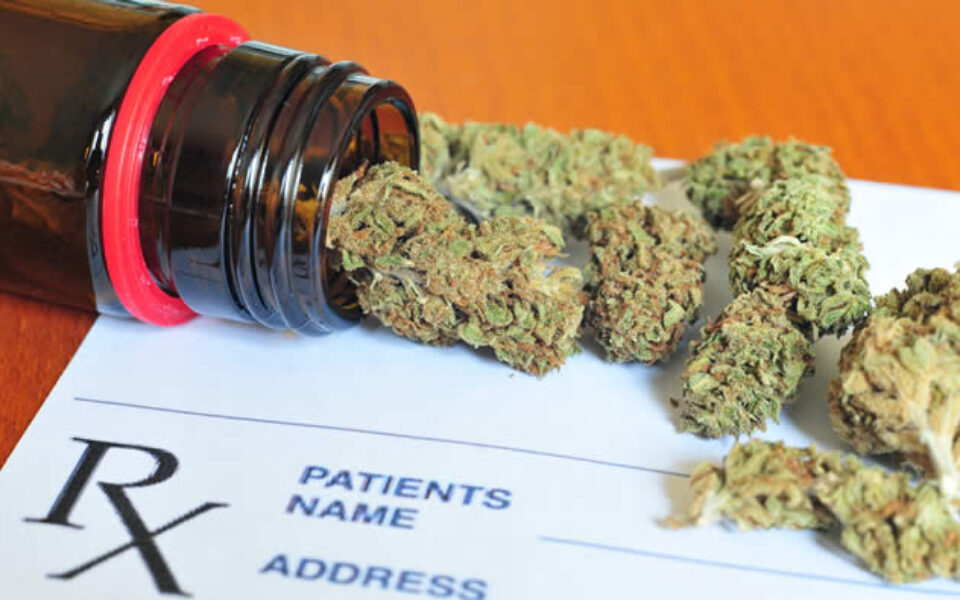Cannabis has its Financial Reporting Challenges
By Neil Prasad, Partner, Assurance Services & Marcin Pawlus, Manager, Assurance Services
The legalization of cannabis in various states across the country has created a reporting challenge for cannabis companies in both foreign and domestic markets, regarding accounting for inventory under the applicable financial reporting standards. In particular, companies with cultivation facilities in the same location(s) where cannabis plants are grown face the added challenge of determining the appropriate valuation for plants prior to the point of harvest.
The current trend in the cannabis industry is being listed on the Canadian Stock Exchange (“CSE”) where growth capital is easier to access than in the U.S. markets. Cannabis companies are not currently accepted for listing on the U.S. national exchanges, primarily because cannabis remains federally classified as a controlled substance. CSE requires cannabis companies to prepare their financial statements in accordance with International Financial Reporting Standards (“IFRS”). While IFRS has converged with generally accepted accounting standards in the United States (“GAAP”) in many respects, the standards differ in the accounting treatment of cannabis plants until harvest.
Companies reporting under IFRS apply International Accounting Standard (“IAS”) 41, which states that any biological assets, defined as a living animals or plants, are measured at fair value less costs to sell, unless the fair value cannot be measured reliably, in which case they are measured at cost. As cannabis is treated as harvested produce, which is a marketable commodity, there is no fair value measurement reliability exception for cannabis products. Any gains and losses from changes in fair value are recognized in profit or loss at each reporting date.
Fair value is generally determined using company-specific sales prices of the finished product, less costs to sell and costs of conversion (including profits for those efforts). If reliable company- specific history of sales price is not available, companies may start by estimating the fair value from other publicly available information; however, extra caution should be applied to adjust for company-specific information such as product lines and quality.
Accordingly, significant changes in the market price of cannabis in the states where the biological assets are held can have a significant impact on the changes in the fair value of a company’s biological assets between reporting periods. It is also important to note that fair value of cannabis varies significantly by state. Companies must monitor the state-specific markets for fluctuations in prices, along with regulatory changes and other inputs, to determine fair value at each reporting period. Other significant inputs include the grow date, estimated maturity or harvest, and estimated net yield of the plants on hand.
Various vendors offer seed-to-sale tracking software designed to assist companies with accurate tracking of plants and determination of fair value at each reporting period. In November 2018, the Canadian Securities Agency (“CSA”) issued notice 51-357 based on the CSA staff’s review of 70 disclosures of reporting issuers operating in the cannabis industry. In this notice, the staff found that all of the disclosures reviewed had deficiencies in the fair value and fair value-related disclosures of growing cannabis plants. In particular, the staff made recommendations on improving the separate presentation of unrealized gains or losses resulting from fair value changes on growth of biological assets, enhanced disclosure of accounting policies related to biological assets, and enhanced disclosures about the fair value measurement process, including disclosure of significant inputs to the valuation of such assets.
Under GAAP, accounting for biological assets is covered by ASC 905, Agriculture, which does not utilize the term “biological assets” but rather “growing crops.” Unlike IFRS, the growing crops are measured at the lower of cost and market. All direct and indirect costs incurred to grow the cannabis plant products are capitalized until the time of harvest. The carrying cost is then evaluated for lower of cost or market determination by comparison to the sales price or market price.
The fair value of the biological assets or the carrying value of the crops at the point of harvest then becomes the basis for the cost of internally produced inventory after harvest, with such inventory accounted for in accordance with IAS 2, Inventories, and ASC 330, Inventory.
The rapid development of the cannabis industry in the United States has led to significant increases in acquisitions and consolidations of certain licensed and/or established companies with footprints in the states where the industry is legal. Due to limited numbers of current licenses held by these companies and challenges in obtaining new licenses, acquirers are paying a premium for the acquisition targets. As companies prepare their financial statements, they should consider the effect of volatility in the stock market on valuation for intangibles and goodwill.
Stay tuned for our next article related to acquisitions and evaluation for impairment, if any, as the cannabis world continues to evolve.






